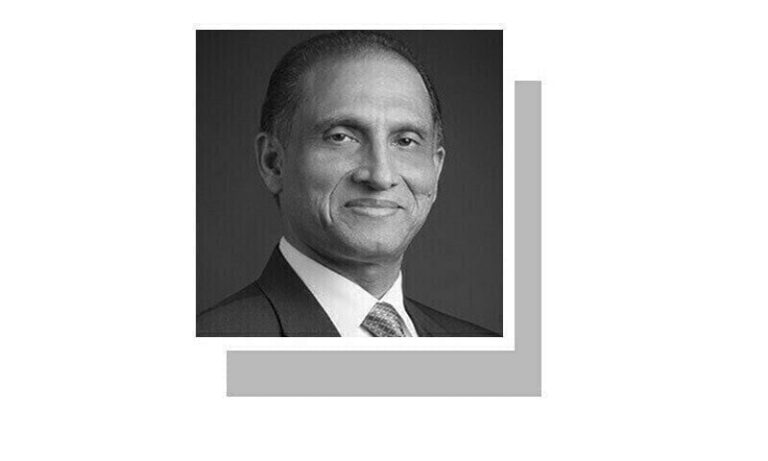What will Pakistan look like in 2047, a century after independence? Given its unstable politics, fragile economy, weak law and order, and rapidly changing global and regional geopolitics, predicting Pakistan’s future is not easy. Hence, predictions must be based primarily on the reform proposals that the country should enact and seriously implement to reshape the economic trajectory it embarked on in the 1950s and early 1960s.
At the heart of the proposed reforms is a clearly articulated vision and a detailed long-term economic plan. A look back in recent years has shown that while the plans were solid on paper, they failed to deliver. In 1990, Pakistan launched an ambitious economic liberalisation programme. However, this fell victim to the political instability of the 1990s. In the late 1990s, there was an attempt to formulate a vision and long-term plan in the form of Vision 2010. However, this was derailed by the military coup of 1999.
In 2013, Pakistan’s 11th Five Year Plan (2013-2018) was launched as part of the medium-term Vision 2025, which was meant to be the first phase of a long-term vision up to 2047. With severe political instability since 2017 and policy shifts that have shattered investor confidence, Vision 2025 seemed unlikely to reach its logical end.
Five years ago in 2019, the World Bank released a report titled Pakistan@2047: Shaping the Future, which projected that Pakistan could become an upper-middle-income country by 2047, but this goal would require three decades of accelerated and sustainable growth. The report suggested several reforms, including a focus on human capital through sustainable population growth and efficient public spending on education and health, a technology-enabled tax system, a bureaucracy-free business regulatory framework, checking unsustainable use of finite resources, especially water, and fuller participation of the female workforce in the Pakistani economy.
Are we on our way to achieving our goal?
It also recommended that responsibility and resources be fully devolved to local governments to make public service delivery transparent and accountable – holding political leaders, civil servants and service providers to account.
The current government is working on Pakistan Vision 2035 and Vision 2047, which aims to create a roadmap for rapid socio-economic development based on a study being prepared under the auspices of the Planning Commission. Some details are available on the Ministry of Planning, Development and Special Initiatives website. The study will reportedly address the seven pillars that underpinned Vision 2025, including human resource development, sustainable growth, democratic governance, institutional reforms, water and food security, enhanced role of the private sector, competitive knowledge economy, and enhanced regional connectivity. The study also follows the 5E framework: exports, e-Pakistan, environment and climate change, energy, and equity and empowerment.
According to the planning minister, Pakistan can become a trillion-dollar economy by 2035 if it follows the path of political stability and sound economic policies. At the recently concluded Islamabad Business Summit 2024, he asserted that Pakistan can achieve the target of $2 trillion at 7 percent growth rate and $3 trillion at 9 percent growth rate by 2047.
These are laudable aspirations. But given the reality, are we on track to achieve these well-intentioned goals? Do we have the political and economic stability to generate sustained economic growth and social development? Unfortunately, there are no signs that our political leaders are ready to work together to build a future of shared prosperity for all our people. A consensus-based political and economic vision is needed if we are to say with confidence that Pakistan will achieve prosperity by 2047.
Everyone agrees that Pakistan has the right combination of development boons – a young talent pool, fertile soil, mineral rich mountains, a great coastline and good economic geography. With these resources, along with political stability, law and order backed by a fair judiciary, continuity in economic policies, streamlined regulatory framework, tax compliance by all, strengthened role of private sector, efficient resource utilisation, bipartisan accountability and a foreign policy conducive to regional peace, the country can certainly achieve the ambitious goals listed above. This is certainly a tough challenge but one worth pursuing for a peaceful and prosperous year in 2047, the 100th year of independence.
The writer is Chairman, Sanobel Institute, Islamabad.
Published in Dawn on July 28, 2024

